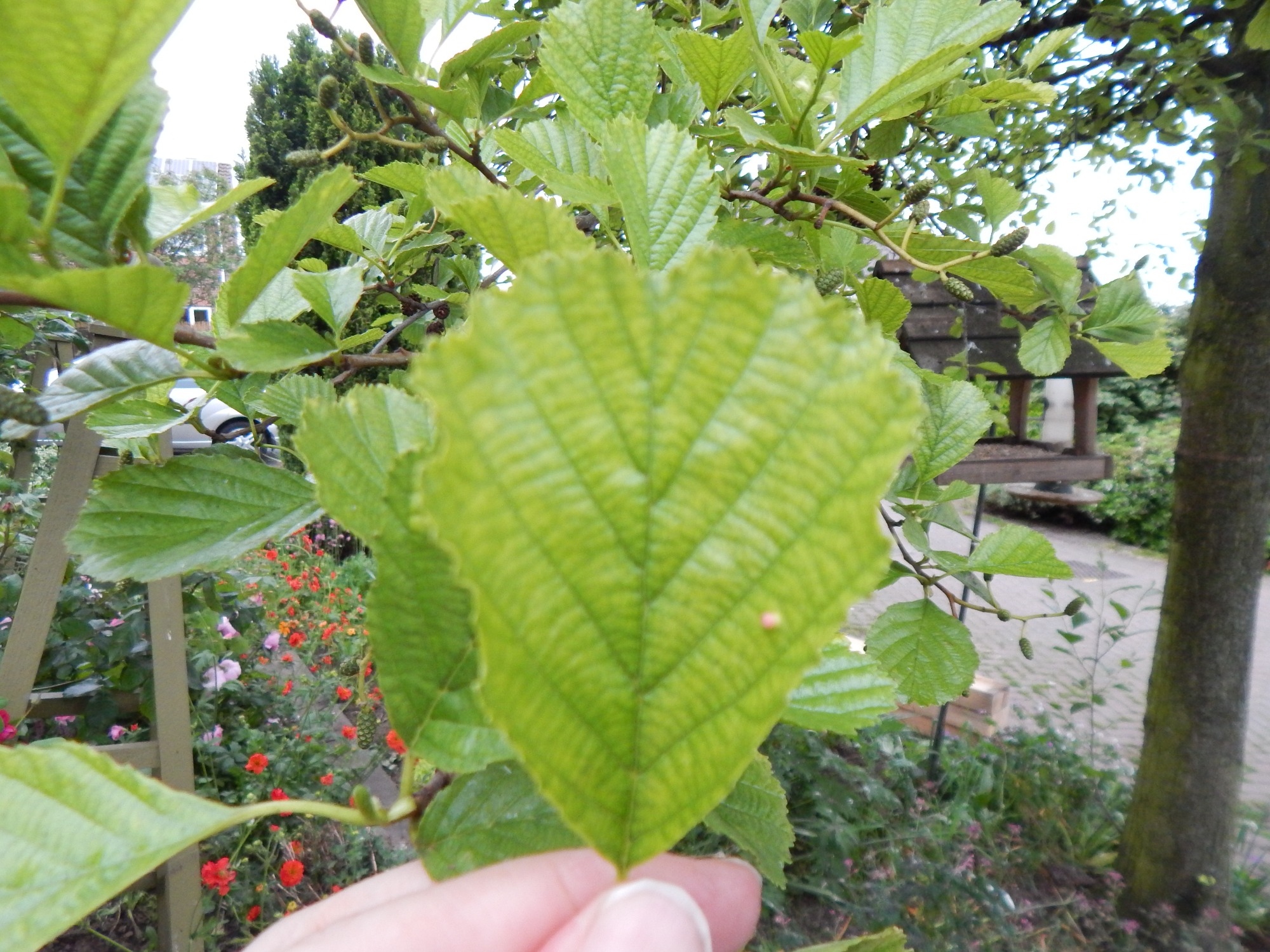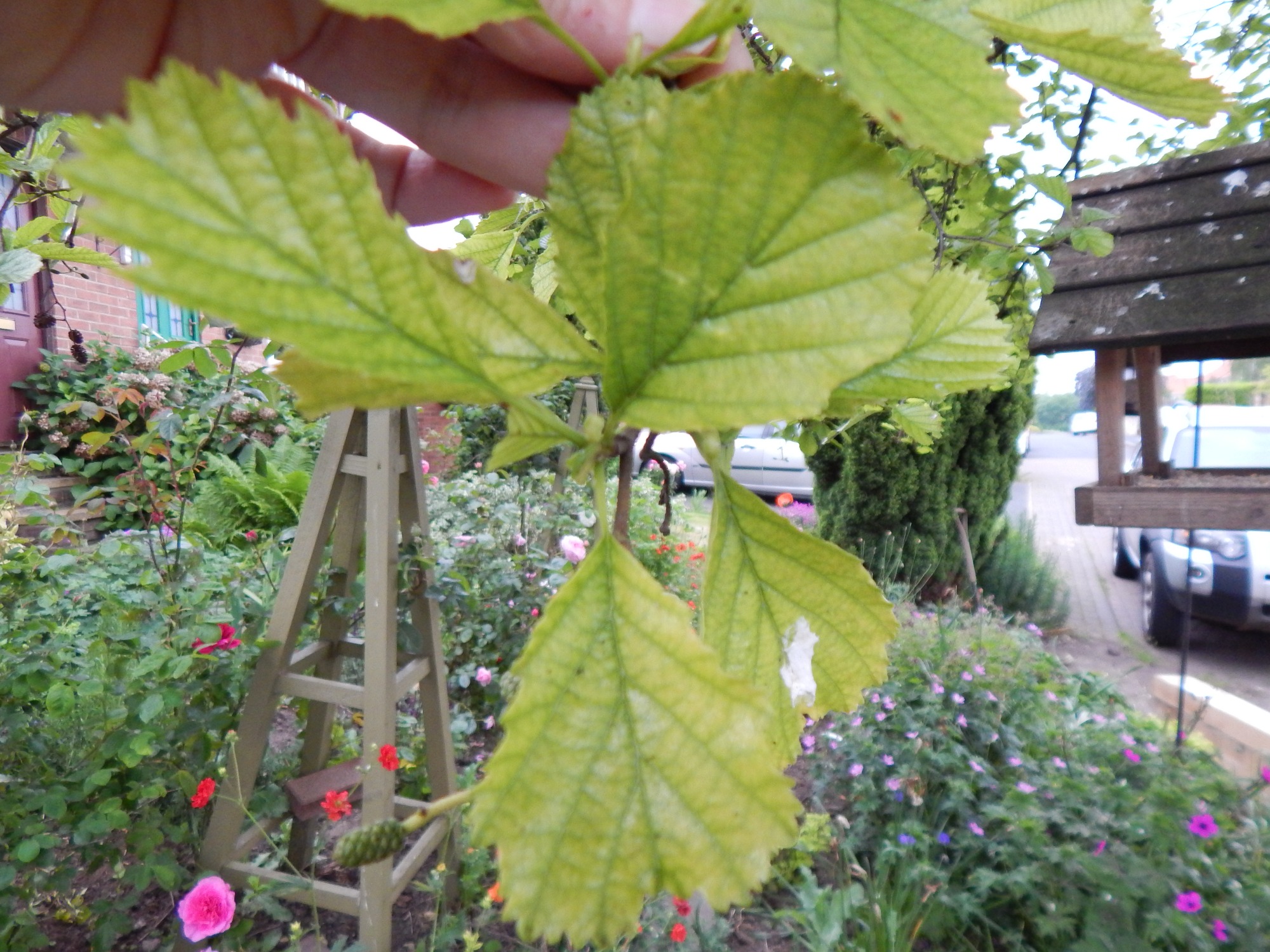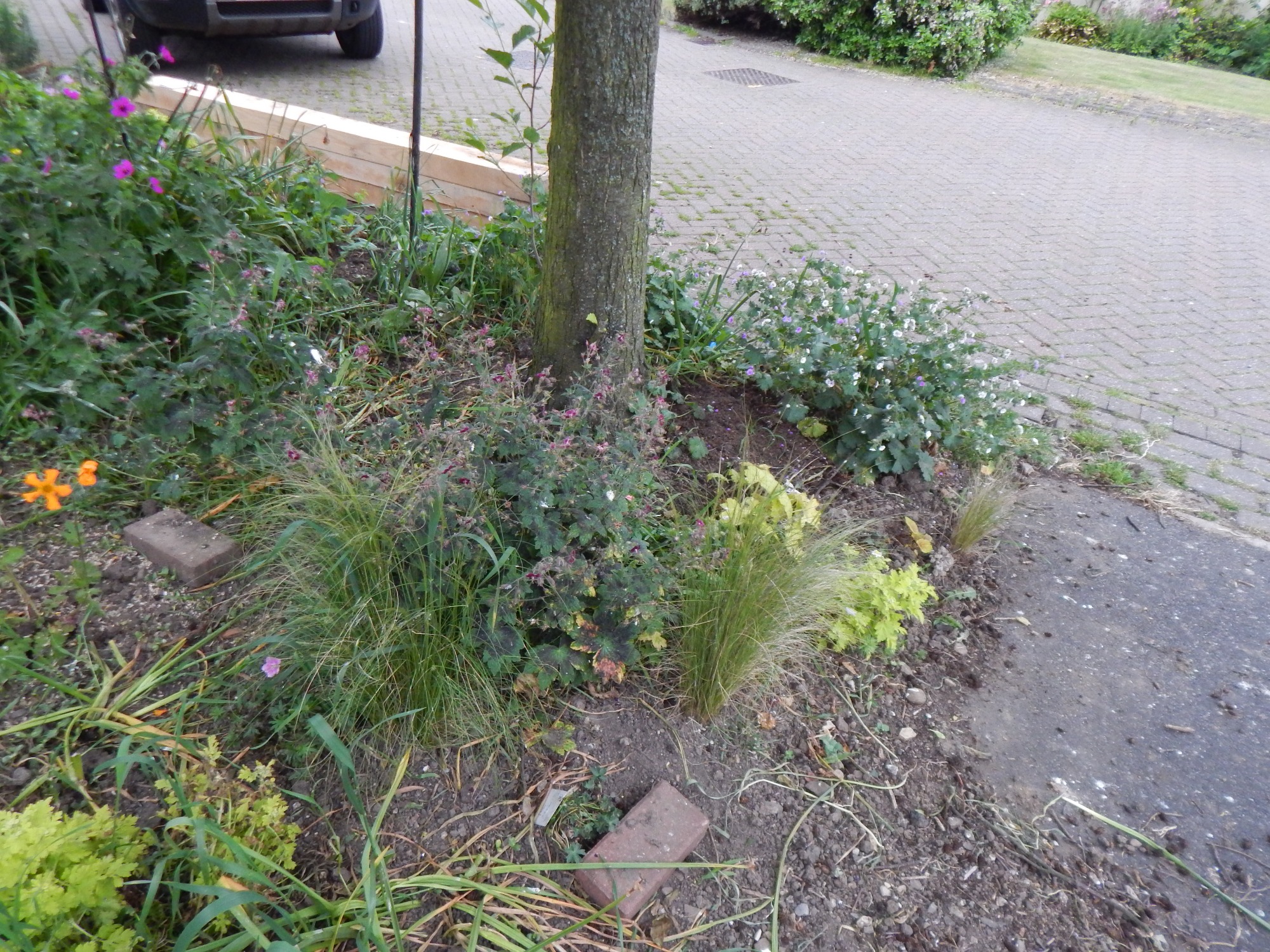Chlorosis in Alder tree
Hi. I have a tiny front garden, built on builder's rubble and the underlying magnesian limestone. The alder tree is in one corner, surrounded on 2 sides by tarmac roads. There is no close competition - the nearest tree is a big leylandii about 16 feet away. Last year and this year it has developed chlorosis which is spreading. The leaf veins are green but inbetween the veins is yellow.
Last year I put down the recommended amount of iron sulphate, but this year the chlorosis is worse. The soil in my garden is very rich in organic matter: I bought it from a supplier and have added to it every year with large amounts of compost, mulch and manure.
What do you think is the problem? I really like the tree as it is the biggest on the street and attracts lots of birds.
Last edited: 08 June 2016 15:22:26
Posts
Hi Frankie. Sometimes soil compaction or waterlogging can cause these problems. It may be that the builders rubble has become compacted around the tree's roots therefore impacting on the tree's ability to take in nutrients and possibly waterlogging too.
That may have had an effect on some of the roots - one of the tarmac roads was taken up and relaid last year. However, the area is on a gentle slope and doesn't appear waterlogged.
It could be seepage from the tarmac surface.
A full frontal and a close up pic may help us if you could upload one.
Is it possible that the 'builders rubble' contained something toxic that's causing it?
I've a feeling/distant memory from chemistry of plants that too much calcium or the pH of the soil being wrong can lock out magnesium which would cause the chlorosis, it may be true, or maybe I dreamt it.. (in which case I really need to work on my dreams!)
Last edited: 08 June 2016 16:35:43
Billericay - Essex
Knowledge is knowing that a tomato is a fruit.
Wisdom is not putting it in a fruit salad.
I can't do much with my camera, but here are 2 pics of a leaf cluster and of the tree trunk showing its location. I suspected nutrient deficiency, but may be wrong. It has been growing in the same place for 17 years and has not shown this before. As you can see, all the leaves are affected, although the ones nearer the top of the tree are less affected than at the bottom.


Last edited: 08 June 2016 17:57:53
Extra info: The underlying bedrock is magnesian limestone (dolomitic limestone) which is full of magnesium, so I didn't think magnesium deficiency was likely.
They do look a bit peaky.
My tree knowledge is limited, I'm sure someone will be along soon with some ideas
Billericay - Essex
Knowledge is knowing that a tomato is a fruit.
Wisdom is not putting it in a fruit salad.
Anybody else had the same problem? Tree people?
If it is the relaid tarmac there is nothing I can do about it,